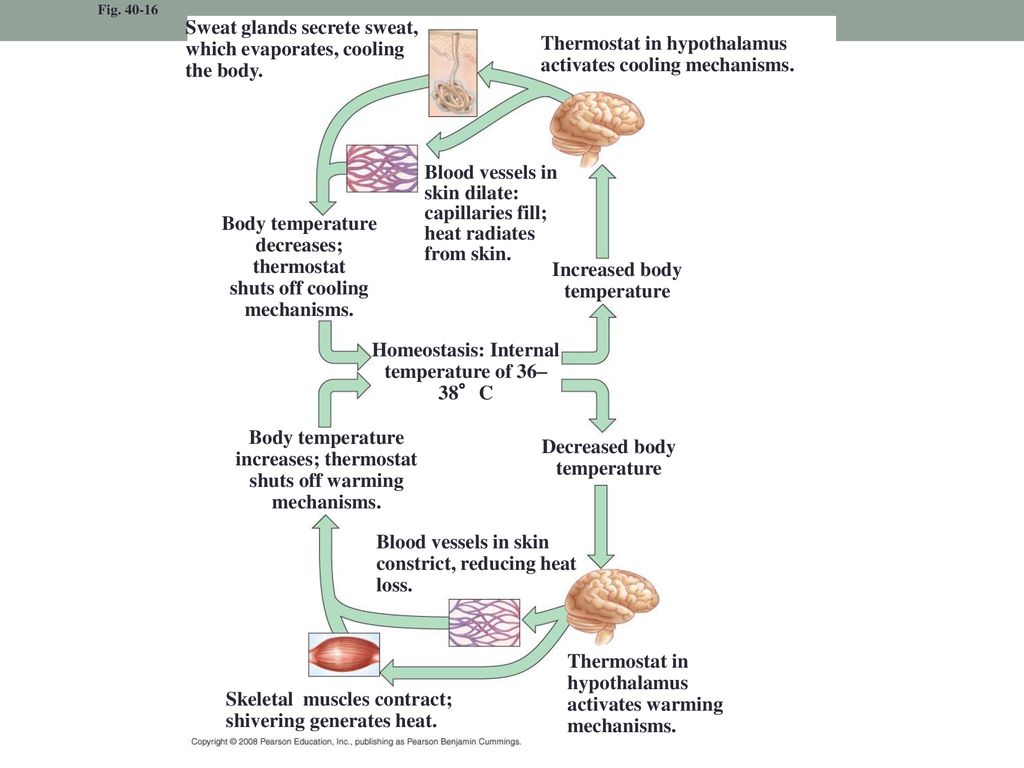PDF Detection of the Single Sweat Glands Activity Via the Macro Biology Diagrams Introduction. Sweat evaporation from the skin surface plays a critical role in human thermoregulation and this is most apparent when the ability to sweat is compromised during periods of strenuous physical labor and/or exposure to hot environments [Citation 1].For example, in anhidrotic patients [Citation 2, Citation 3] or individuals wearing encapsulating protective clothing/equipment A sweat gland is a specialized exocrine gland in the skin that produces and secretes sweat, primarily composed of water, salts, and waste products. Sweat glands are essential for regulating body temperature and excreting metabolic waste. There are two main types of sweat glands: eccrine glands, which are responsible for thermoregulation, and apocrine glands, which

Research into sweat glands, thermoregulation, and hydration has expanded our understanding of how sweating impacts overall well-being. Exploring these aspects reveals insights into the importance of staying hydrated and maintaining optimal skin function. Eccrine Sweat Glands. Basic structure. In general, sweat glands tend to comprise a secretory unit which is located either in the deep dermis or in the subcutaneous tissue, and a duct which continues from the secretory unit towards the body surface, through which sweat or secretory product is passed.. The secretory units of sweat glands are surrounded by contractile myoepithelial cells which act to help secrete the Human thermoregulation depends significantly on sweat evaporation from the skin surfaces. This becomes clear when sweating is inhibited during periods of hard physical labour or being subjected to hot conditions[1]. Although sweating is widely believed to play a thermoregulatory role, it also serves several other minor homeostatic roles. For instance, it is believed that sweat glands

The Science of Sweat: Glands, Thermoregulation, and Health Biology Diagrams
In humans, evaporative heat loss from eccrine sweat glands is critical for thermoregulation during exercise and/or exposure to hot environmental conditions, particularly when environmental temperature is greater than skin temperature. Since the time of the ancient Greeks, the significance of sweating has been recognized, whereas our understanding of the mechanisms and controllers of sweating The purpose of this comprehensive review is to: 1) review the physiology of sweat gland function and mechanisms determining the amount and composition of sweat excreted onto the skin surface; 2) provide an overview of the well-established thermoregulatory functions and adaptive responses of the sweat gland; and 3) discuss the state of evidence for potential non-thermoregulatory roles of sweat Eccrine sweat glands are simple, coiled, tubular glands present throughout the body, most numerously on the soles of the feet. Thin skin covers most of the body and contains sweat glands, hair follicles, hair arrector muscles, and sebaceous glands. Given the role of sweat glands in thermoregulation, both eccrine and apocrine glands have

